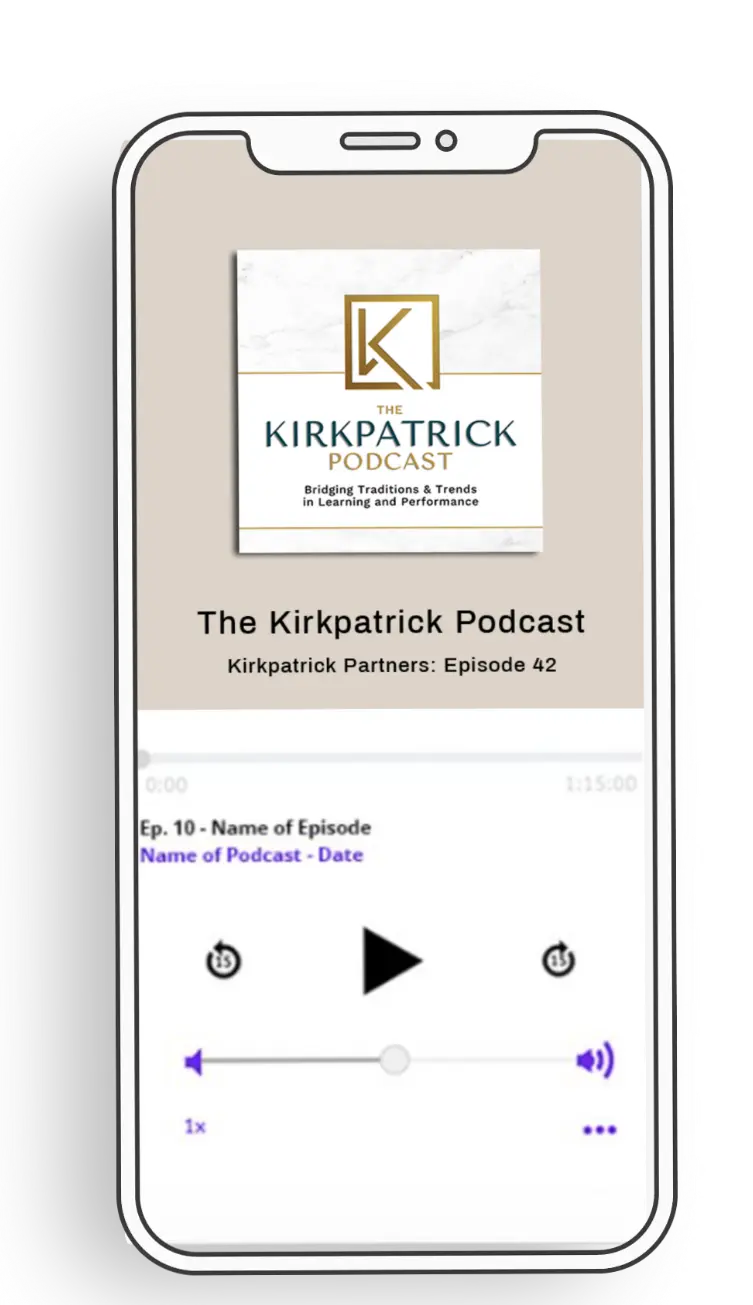The Best Ways to Get Buy-in from Peers and Colleagues

Buy-in is the key to getting any training and development initiative off the ground. Before we can get senior leaders and supervisors on board, we have to gain the support of our colleagues and peers. But here’s the twist: it’s common to face resistance from our own training and development teams, who may be skeptical that training alone will lead to positive outcomes. To overcome this, let’s look at some tried and true strategies for creating buy-in and gaining support from peers and colleagues.
Challenging Comfort Zones and Overcoming Resistance
Getting buy-in from colleagues may involve challenging them to step out of their comfort zones and explore new approaches. In today’s dynamic work environment, where job roles can shift at a moment’s notice, asking colleagues to take on additional tasks can be overwhelming. This is where change management becomes crucial for gaining support from colleagues and peers. Sometimes, you need a shock to the system to shake up patterns and think about change differently. Plus, the fear of job loss or role change can sometimes hold people back from embracing exciting new initiatives like incorporating AI.
Building Bridges and Fostering Relationships
In our ever-changing industry, creating connections and fostering relationships with colleagues is the key to staying relevant. Fortunately, there are plenty of strategies for building strong relationships, such as delving into performance management research, embracing on-the-job learning, and reshaping our roles as instructional designers to focus on performance support development. We also have to learn strategies for engaging colleagues who may be resistant. This could involve forming a supportive team of like-minded advocates and seeking guidance from senior leaders to make things smoother.
Embracing the Deep End: Agile Approaches to Training
Conventional instructional design methods can sometimes eat up a lot of time, which can make the idea of switching to more agile approaches a bit daunting. But here’s the good news: senior leaders are growing more and more concerned about results and performance improvement. For instance, organizations like the United States Navy have made a smooth transition to more agile methods, delivering training quickly in response to real-time needs. Embracing the learning journey, taking smart risks, and keeping an out for opportunities for growth and development are the keys to taking more agile approaches.
Reflecting on the Journey and Moving Forward
Trying new things can feel daunting, but that’s where meaningful change happens. Reflecting on the value of embracing discomfort and figuring out how it can make a positive impact can help overcome challenges along the way. Self-reflection is the key to braving the unknown and identifying the support and resources you need for a successful journey toward performance improvement.
In our fast-paced world, instructional designers and learning professionals must step out of their comfort zones and embrace the deep end to create meaningful change. By gaining buy-in from colleagues, shaking up the usual way of doing things, and building connections, we can not only boost our careers but also leave a lasting impact. And remember, you’re not navigating this journey solo – your colleagues are right there with you, and you’ve got the support of proven models like the Kirkpatrick framework. So, let’s embrace the learning adventure, take a few risks, and discover the immense potential waiting just beyond our comfort zone.
Eager to learn more? Check out the latest episode of The Kirkpatrick Podcast, where hosts Vanessa Alzate and Jim Kirkpatrick talk more about the best methods for gaining buy-in from colleagues and senior leaders. It’s a must-listen for anyone looking to make a genuine impact on their organization through top-notch training and development practices!
Listen or watch the latest episode here:
Remember, the real magic happens when we fine-tune how we apply training and get results. When we build a culture of trust, engagement, and continuous improvement, we give our training programs a better shot at success.
Looking for a crash course in the Kirkpatrick Model? Check out the Kirkpatrick Evaluation Toolkit, your ultimate champion for efficient and effective evaluation. Learn more here!





